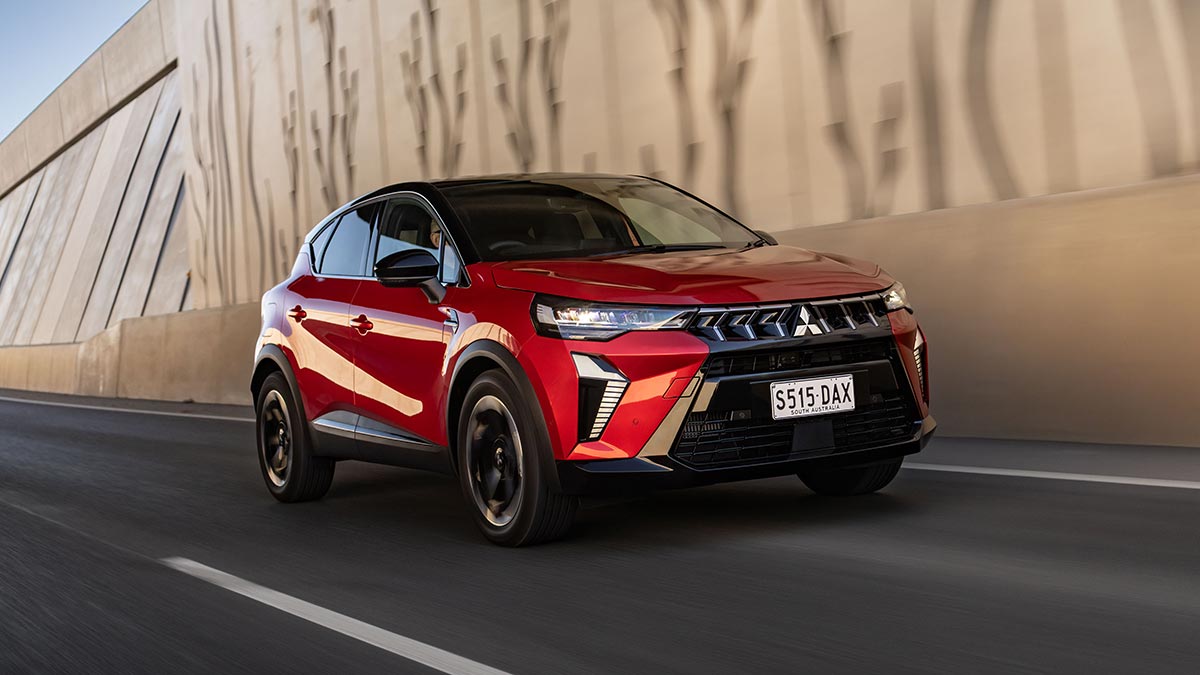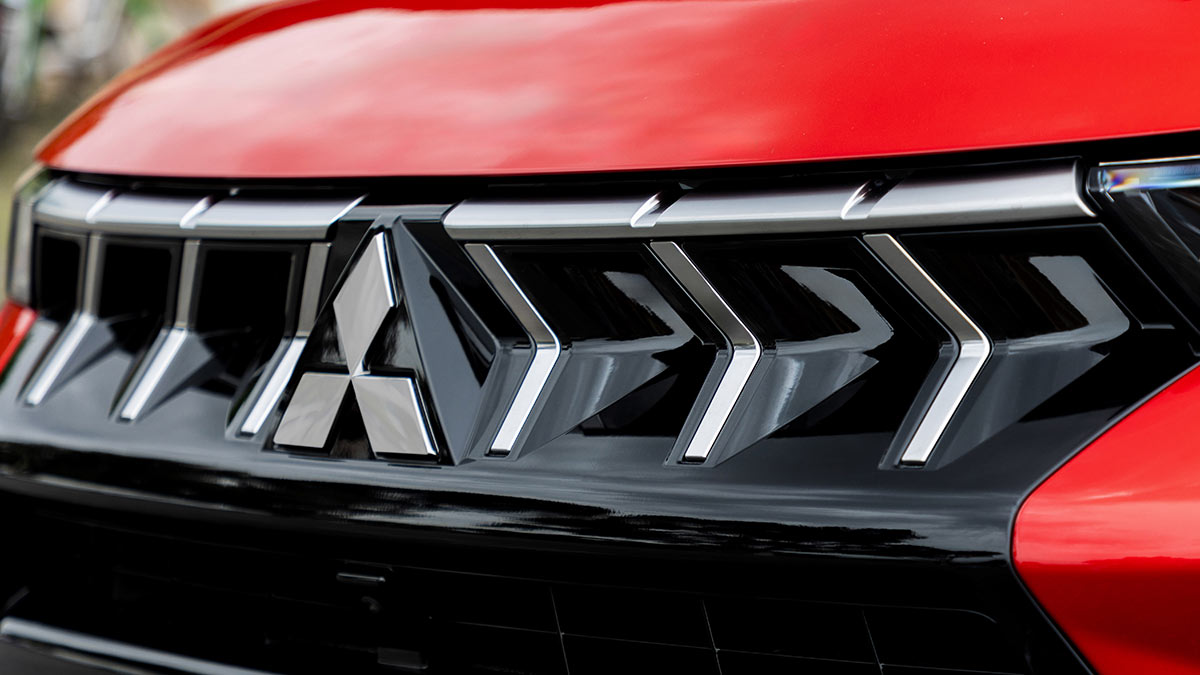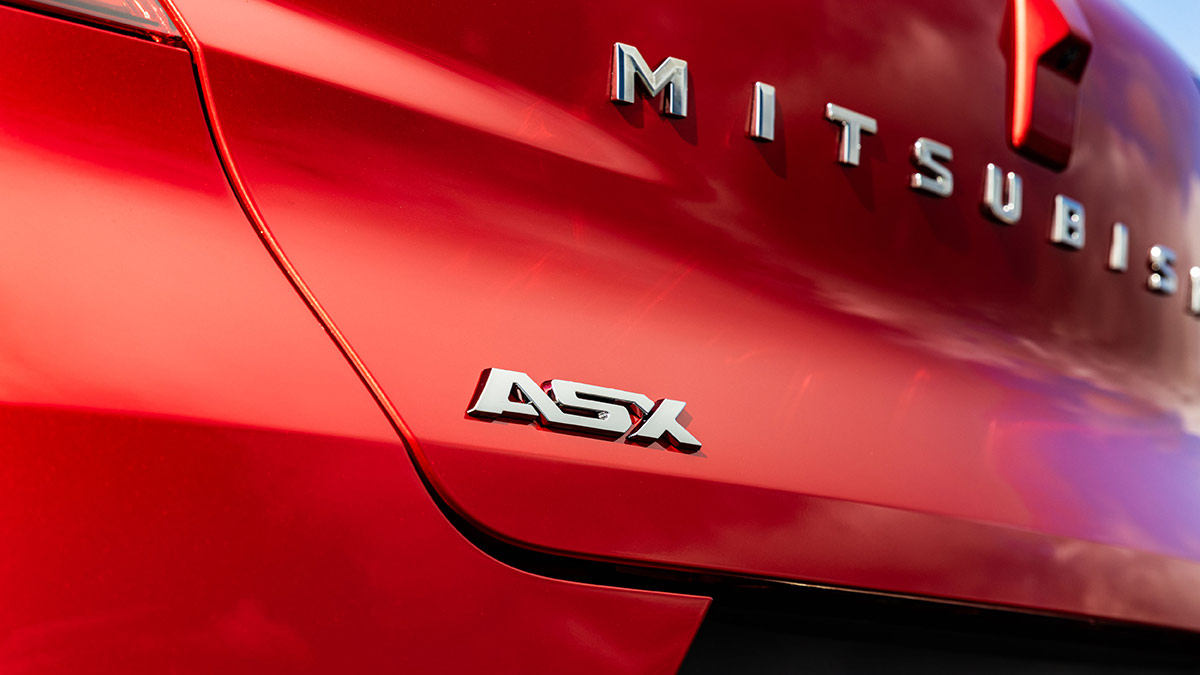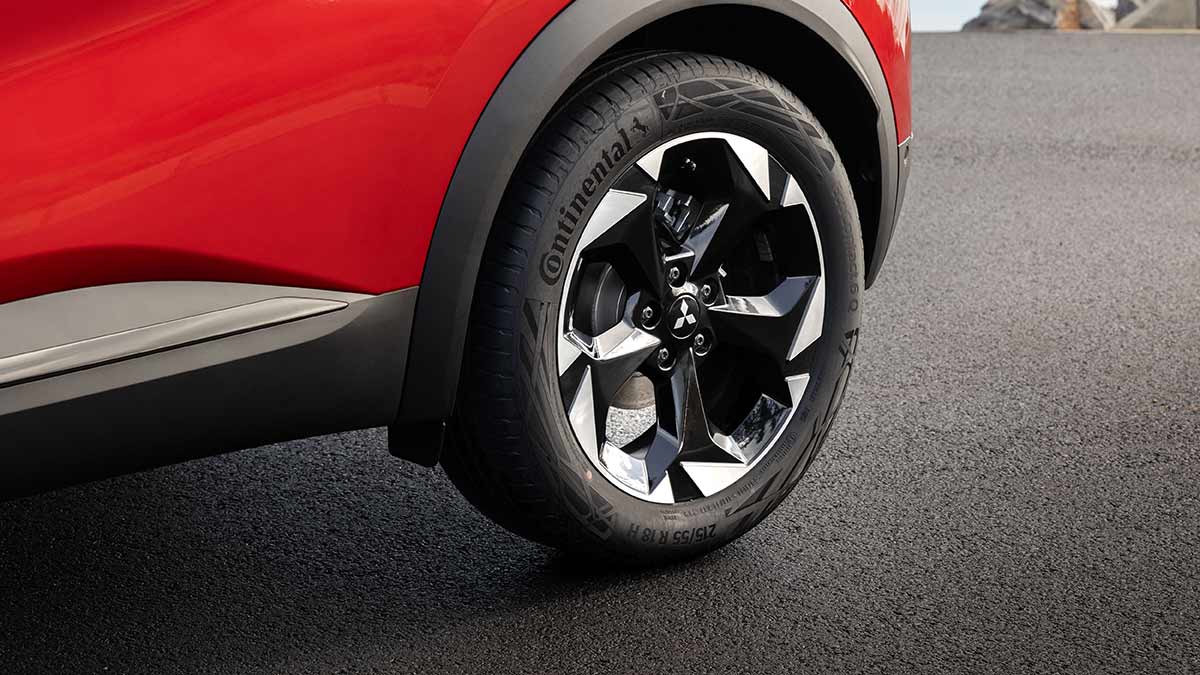Australians buy more SUVs than any other vehicle, so which are the cheapest and most affordable new small, medium, large 7-seater, off-road, hybrid and electric SUVs?
2026 Mitsubishi ASX preview: price, specs and release date in Australia
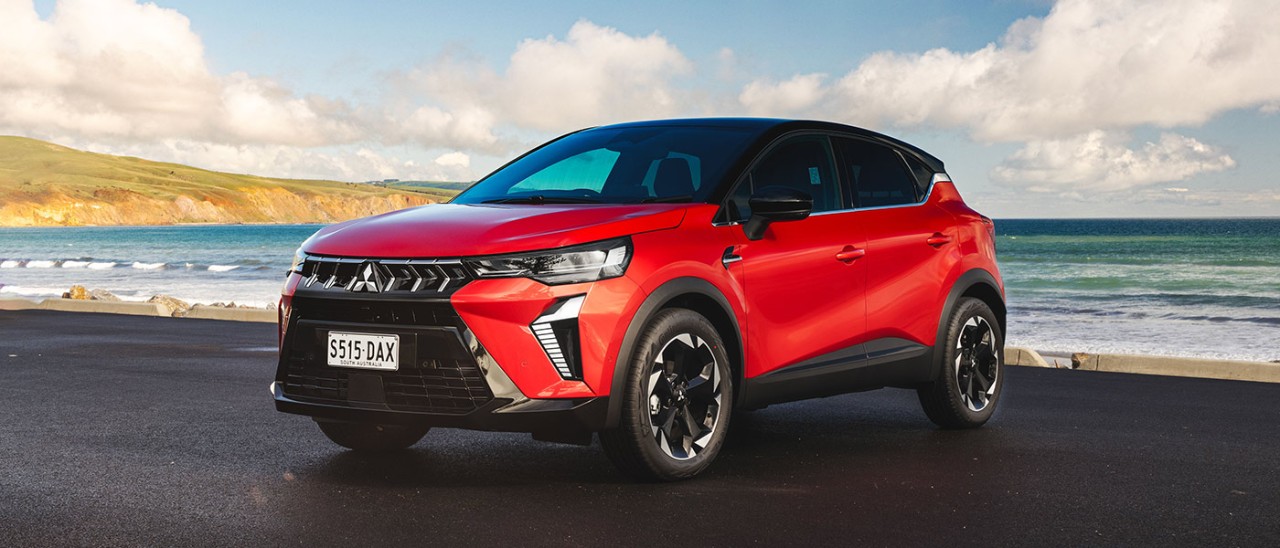
The new Mitsubishi ASX is a radically different small SUV compared to the popular original – it’s smaller and more expensive but now made in Europe, better-equipped and stronger-performing. Here’s everything you need to know about the 2026 Mitsubishi ASX.
An all-new Mitsubishi ASX is heading to Australia to replace the first-generation small SUV that’s served the Japanese brand for the past 15 years.
Essentially a rebadged version of the latest Renault Captur, the 2026 Mitsubishi ASX is a much different proposition to the outgoing model, trading in its cheap-and-cheerful status for a package that’s far more sophisticated – and more expensive.
The original ASX has racked up about 200,000 sales since 2010, often standing second to Triton as Mitsubishi’s most popular vehicle Down Under. But will the higher prices push it off buyers’ shopping lists as cheaper rivals like the Chery Tiggo 4, GWM Haval Jolion and MG ZS steal its thunder?
Let’s look at what the triple-diamond brand is offering with the 2026 Mitsubishi ASX.
More: Search and compare small cars and SUVs on sale today in Australia
In this article
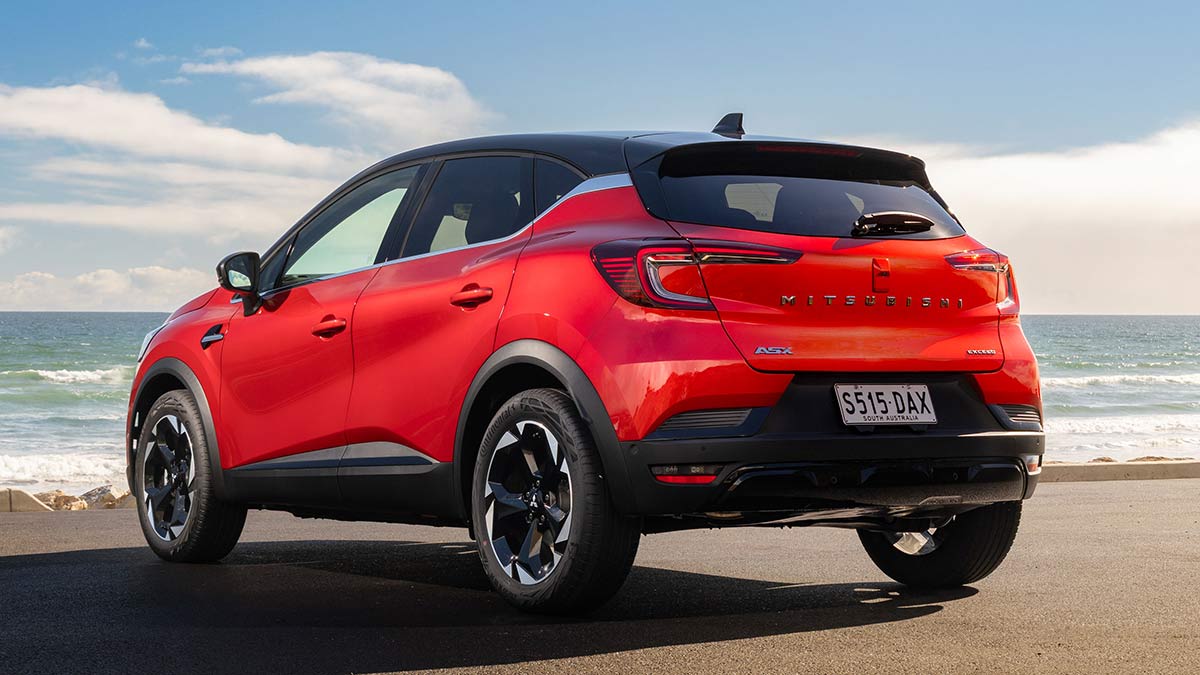
The new second-generation Mitsubishi ASX is closely related to the Renault Captur.
When does the 2026 Mitsubishi ASX go on sale in Australia?
The 2026 Mitsubishi ASX is expected to arrive in Australian dealerships during the final quarter of 2025, fresh off the boat from alliance partner Renault’s Valladolid plant in Spain.
Renault Australia has been working to a similar timeframe with the closely related 2026 Renault Captur but is yet to announce an on-sale date.
Mitsubishi’s ASX launch range will comprise three familiar model variants – LS, Aspire and Exceed – all with the same powertrain and driveline.
How much does the 2026 Mitsubishi ASX cost?
At the entry level, the 2026 Mitsubishi ASX LS has a starting price at launch of $37,740 plus on-road costs. From there, the mid-tier Mitsubishi ASX Aspire is priced from $42,690 and the ASX Exceed starts at $46,490 (both plus ORCs).
That represents a significant uptick from the current Mitsubishi ASX, which starts from $32,740 plus ORCs in premium GSR guise ($35,840 driveaway for Victorian private buyers) or $35,240 plus ORCs for the flagship Exceed ($39,640 driveaway).
The previous entry-level GS that’s no longer available to order online was listed at $24,490 before on-road costs with a manual gearbox, or $2000 more with an auto, while the second-tier ES was regularly offered below $30,000 driveaway, so the incoming new ASX represents a big move upmarket.
The new positioning sees the ASX priced much higher than the top-selling, and ultra-competitive, budget Chinese-brand small SUVs, which are all currently priced from $23,990 driveaway – the Chery Tiggo 4, GWM Haval Jolion and MG ZS. The new ASX also stands above the segment-leading Hyundai Kona, which starts at $32,700 ($35,990 d/a), while the ageing Mazda CX-3 soldiers on as a popular entrant from $30,370 ($32,990 d/a).
Capped price servicing for up to 10 years will be available for the new Mitsubishi ASX, but details such as pricing and service intervals are still to be announced. The car also comes with a five-year/100,000km warranty, which extends to 10 years/200,000km if all services (from the first one onwards) are performed by authorised Mitsubishi dealers in accordance with the service schedule – at the specified intervals.
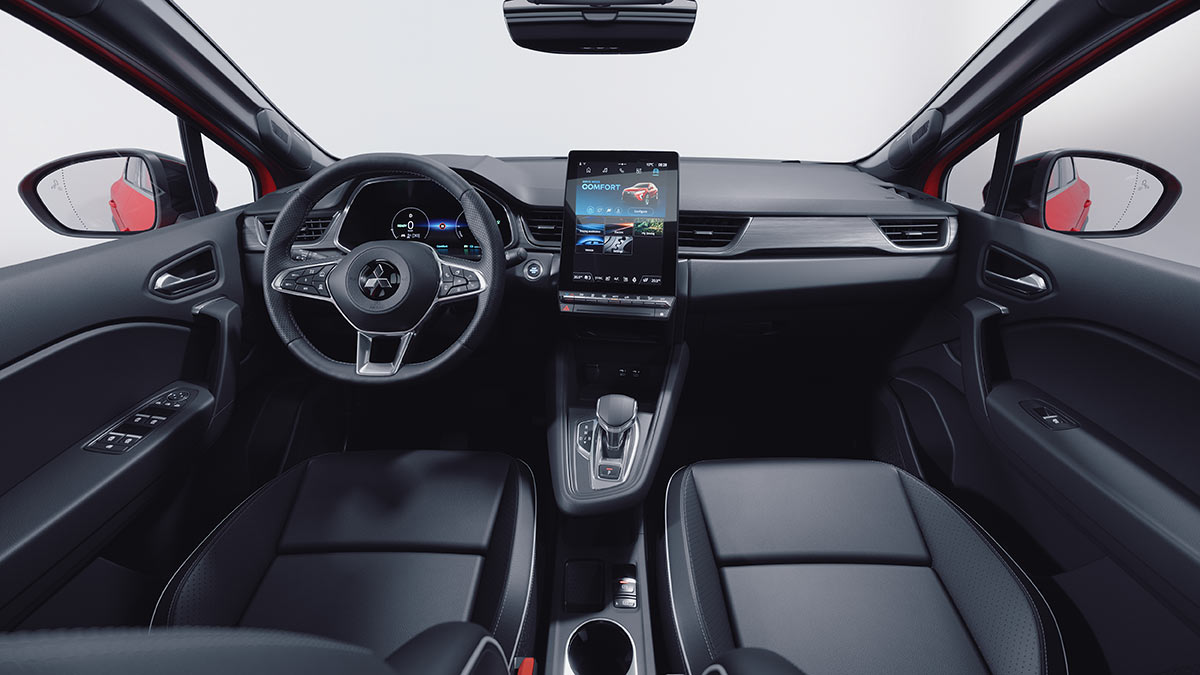
A look inside the 2026 Mitsubishi ASX courtesy of a premium European-spec model.
2026 Mitsubishi ASX design and specification
The 2026 Mitsubishi ASX is essentially a twin of the updated Renault Captur, with some minor changes to the styling and specification.
The two small SUVs share the same Renault-Nissan-Mitsubishi Alliance ‘CMF-B’ platform and Mitsubishi insists the ASX has a unique visual ID, pointing to the grille, the triple-diamond logo and brand lettering across the rear. The front and rear LED lighting elements look identical.
It’s important to note that the new Mitsubishi ASX is a smaller SUV than the original. Based on European specs, the 2025 ASX measures 4227mm in overall length (-138mm), 1797mm width (-13mm) and 1567mm height (-73mm). It also has a slightly shorter wheelbase at 2639mm (-31mm), which could translate to less interior room.
The rear bench seat in the new ASX does have a sliding rail that allows it to move 160mm fore/aft. At the expense of rear seat room, that helps improve cargo capacity which is 330 litres with the rear seats in place at the rearmost position (less than the current ASX: 393L). Move the 60/40-split bench seat forward and it will liberate an extra 69L.
The Japanese brand says the new ASX’s cabin has improved storage facilities over the current model, with the glovebox, central armrest and door bins holding more than 22 litres in total.
Preliminary specs provided by Mitsubishi Australia show that all ASX models will be offered here with alloy wheels (17-inch LS, 18-inch Aspire/Exceed), climate-control air-conditioning, cruise control, a multifunction steering wheel with paddle shifters, power-operated and heated exterior mirrors, height-adjustable driver’s seat, a centre console armrest, electronic park brake with auto hold, dusk-sensing headlights and rain-sensing windscreen wipers.
The Aspire has extra tech and safety features (detailed in our separate section below), along with tinted windows, folding door mirrors, ‘floating’ front console with e-shifter, ambient interior lighting, auto-dimming rearview mirror, upgraded seat trim (grey cloth rather than black/grey textile), height-adjustable front passenger seat, a heated steering wheel and illuminated front vanity mirrors.
It also adds three driving modes over the standard ‘Eco’ – Comfort, Sport and Perso, the latter enabling customisation of steering, stability control, engine responsiveness, interior lighting and instrument panel/multimedia screen settings.
The top-spec ASX Exceed features a panoramic sunroof, two-tone exterior paint, frameless auto-dimming rearview mirror, black leather seat upholstery, heated front seats and electric seat adjustment for the driver only.
Instrument panel paint colour also varies between the trim grades: silver (LS), gloss black (Aspire) and ‘velvet granite’ (Exceed).
More: Australia’s best, affordable, new first cars for drivers in 2025
What powers the new Mitsubishi ASX?
Despite hybrid powertrains being available overseas, the Australian-bound 2026 Mitsubishi ASX will be powered by a conventional 1.3-litre four-cylinder turbocharged petrol engine. The powerplant develops 113kW of power and 270Nm of torque, driving the front wheels only via a seven-speed dual-clutch automatic transmission. There is no four-wheel drive option.
According to Mitsubishi, fuel consumption on the official ADR 81/02 laboratory-based combined test cycle is 6.4L/100km.
In comparison, the naturally aspirated 2.0-litre engine used in the first-generation ASX, which is no longer available to order online, produced 110kW/197Nm and returned 7.6L/100km on the combined cycle with an automatic transmission. (A manual gearbox is no longer available and won’t be offered with the new ASX at launch.) The current GSR and Exceed ASX use a more powerful 123kW/222Nm 2.5-litre engine with claimed economy of 7.9L/100km.
Overseas, Mitsubishi recently announced a new-generation full series/parallel hybrid powertrain based around an 80kW 1.8-litre petrol engine, primary 36kW electric motor, 15kW secondary motor and 1.4kWh lithium-ion traction battery. The carmaker claims the ASX HEV can travel around 1000km on a full tank of fuel when the battery is fully charged.
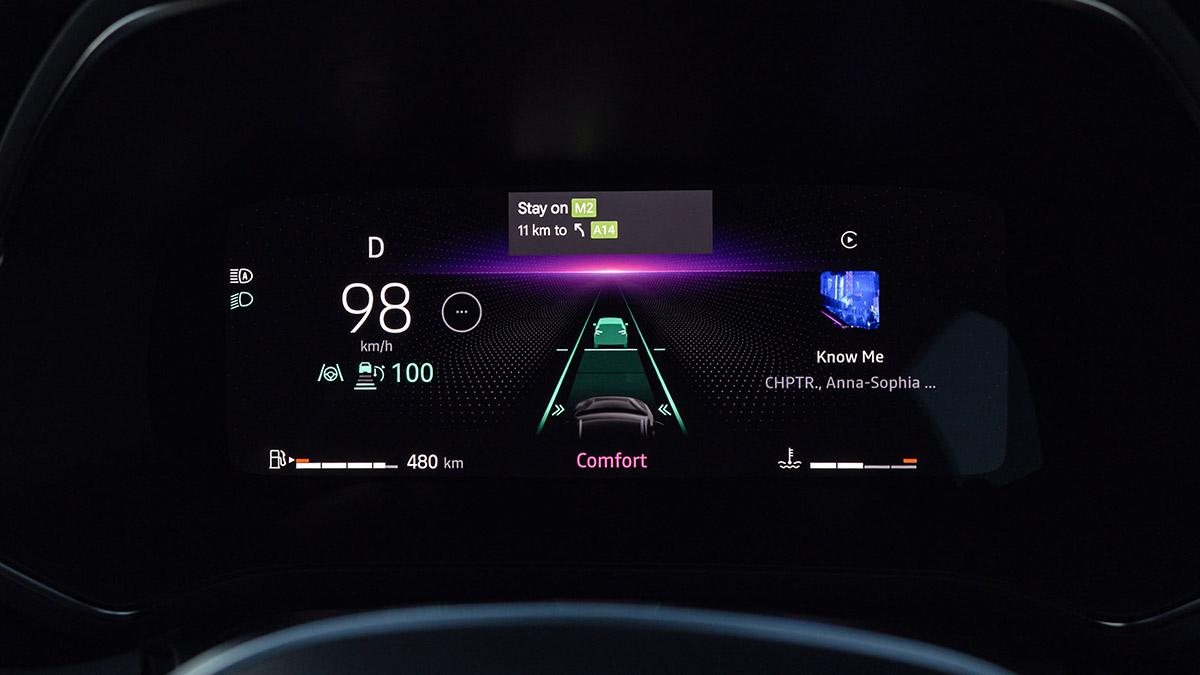
The digital instrument panel in the Mitsubishi ASX Exceed is customisable.
What safety and technology features on the new Mitsubishi ASX?
There’s a considerable difference in safety equipment across the 2026 Mitsubishi ASX range. You’ll get a rearview camera and rear parking sensors on the base LS, plus some common advanced driver assistance systems (ADAS) such as driver attention alert, emergency lane assist, forward collision mitigation, lane departure warning/prevention and safe distance warning.
The Aspire and Exceed add parking sensors at the rear and side of the vehicle, plus a raft of additional ADAS: blind spot warning, rear cross traffic alert, safe exit assist, lane keep assist (LKA), traffic jam assist (TJA), adaptive cruise control (ACC) and Mi-Pilot, the latter combining LKA, TJA and ACC to keep the ASX centred in its lane and, if required, bring the vehicle to a complete stop.
Renault Australia conducted validation testing of the incoming new Renault Captur’s ADAS and connected car technology earlier this year, but it remains to be seen whether the calibration applies to the Mitsubishi ASX.
Expect all ASX models to be fitted with dual front and front side airbags, curtain airbags on each side and two rear ISOFIX child seat anchor points. The current Renault Captur has a five-star ANCAP safety rating based on Euro NCAP testing conducted in 2019, but this expires in December 2025 so both the incoming new Captur and the closely related ASX will need additional testing to maintain five-star status.
Connected car tech will be available in the ASX, including Google built-in with Google Play, Google Maps and Google Assistant voice control, however the entry-level LS model misses out on these.
The LS does get the 10.4-inch central touchscreen display found in Aspire and Exceed, but other supporting tech highlights are all found in these higher-grade variants. As well as Google built-in, the upper-level variants offer embedded satellite navigation, wireless phone charging and a full 10.0-inch digital instrument cluster (up from the 7.0-inch display with conventional gauges in LS).
All models get a hands-free Smart Card which allows keyless entry/start and is linked to ‘welcome’ and ‘goodbye’ lighting sequences when approaching or leaving the car.
The information provided is general advice only. Before making any decisions please consider your own circumstances and the Product Disclosure Statement and Target Market Determinations. For copies, visit racv.com.au. As distributor, RACV Insurance Services Pty Ltd AFS Licence No. 230039 receives commission for each policy sold or renewed. Product(s) issued by Insurance Manufacturers of Australia Pty Ltd ABN 93 004 208 084 AFS Licence No. 227678.
